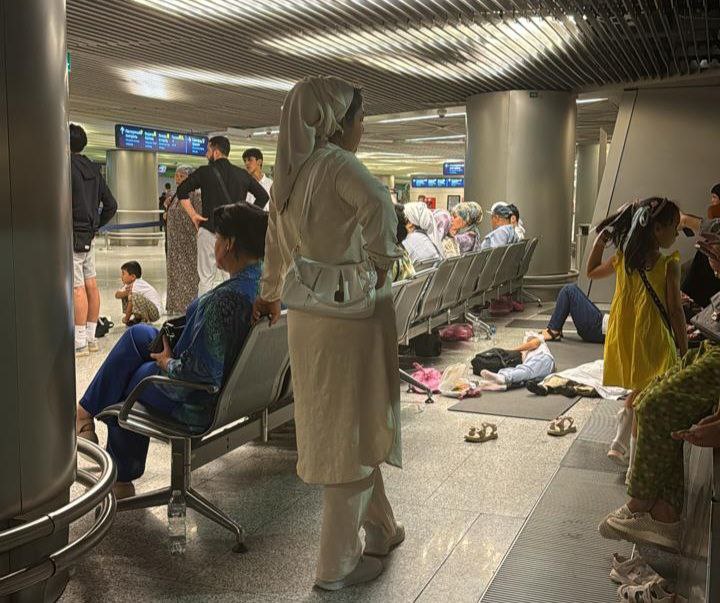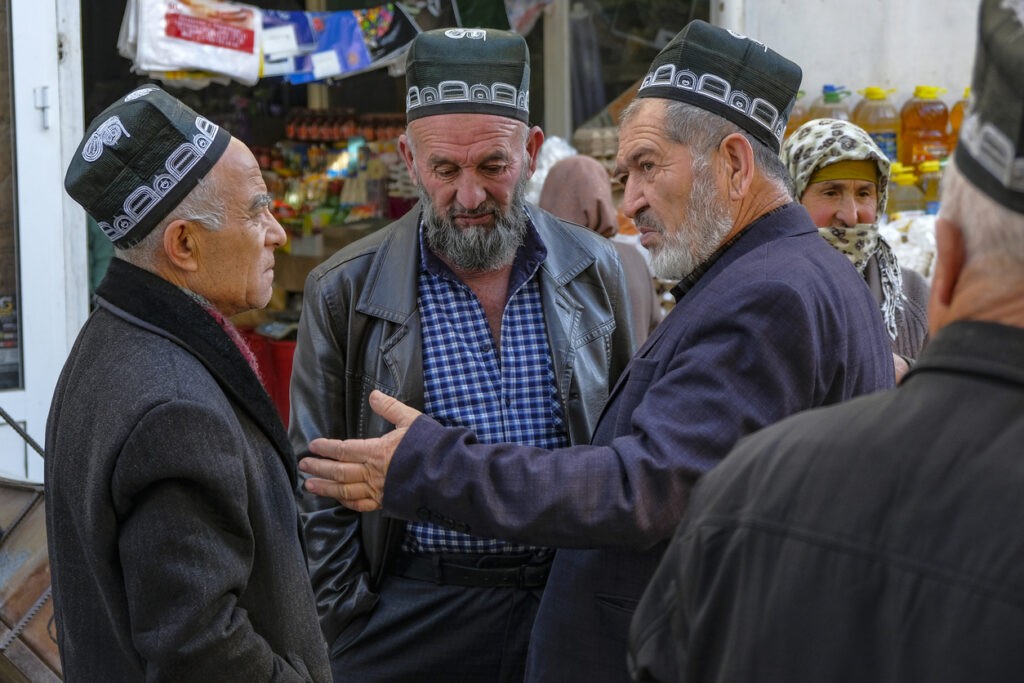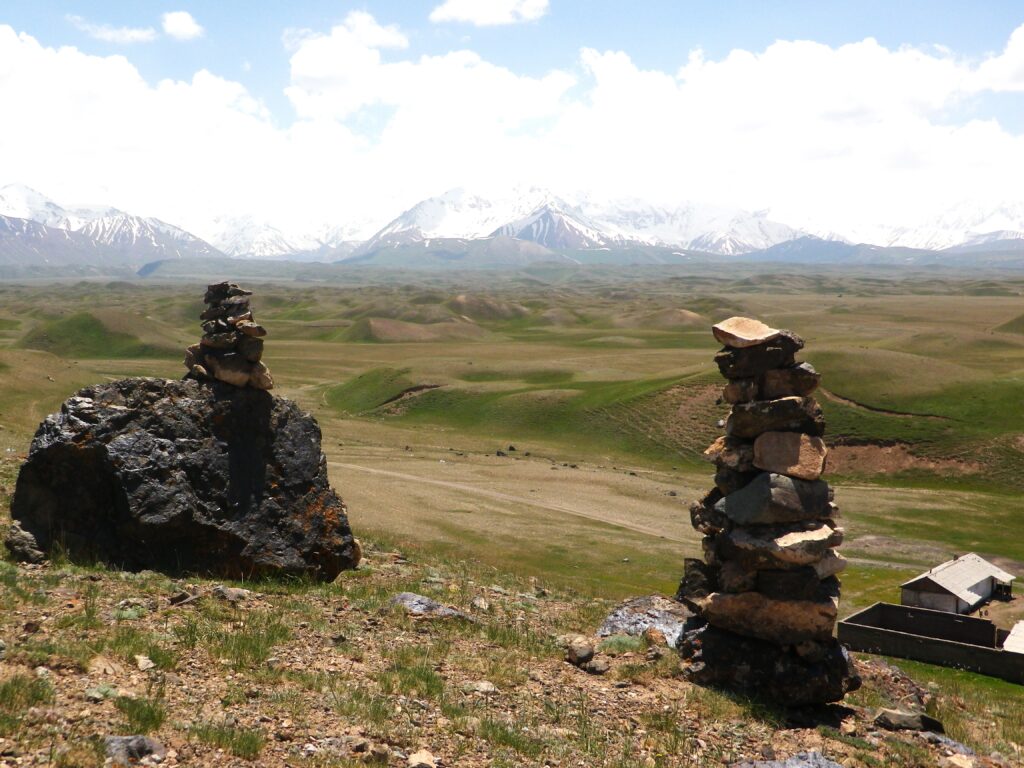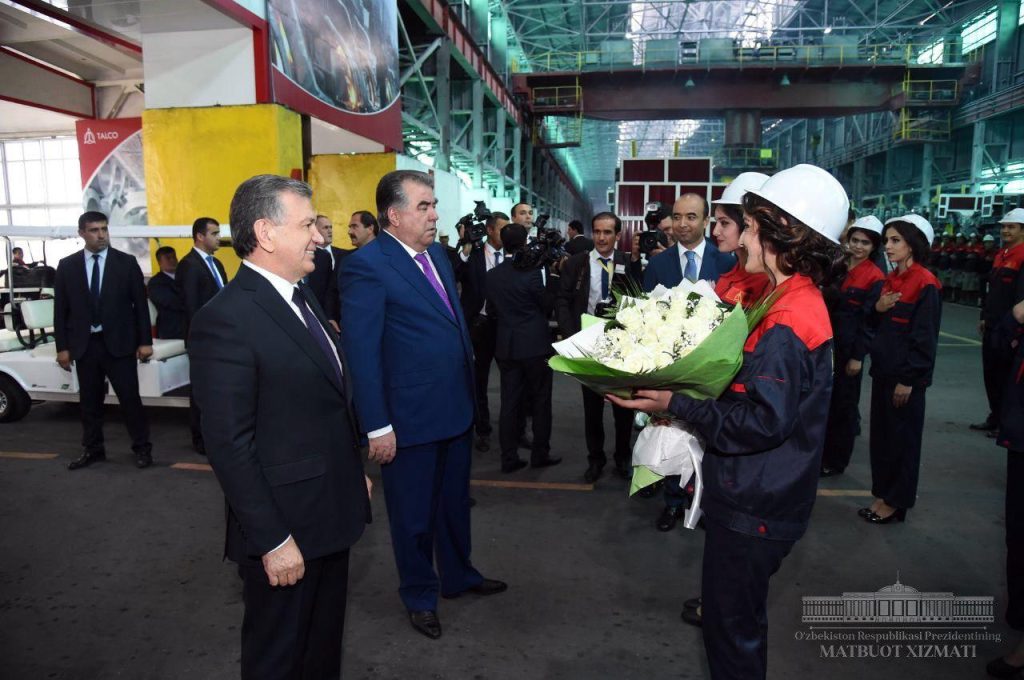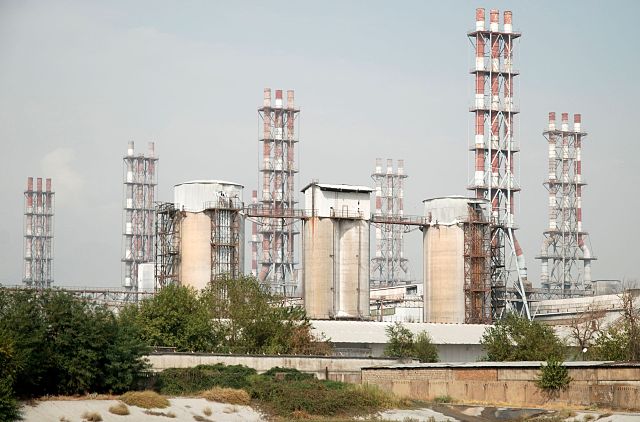DUSHANBE (TCA) — The Tajik Aluminium Company (TALСO) plans to increase the production of primary aluminum to 300,000 tons by 2020, TALCO official representative Igor Sattarov said on September 12, Russia’s Sputnik news agency reported.
“The production [of primary aluminum] will be brought up to 168,800 tons in 2018, to 188,800 tons in 2019, and to 300,000 tons in 2020,” Sattarov said.
According to Sattarov, TALСO can reach those rates due to the currently favorable market conditions and positive expectations for the future, as well as the introduction of new technologies of aluminum production. Besides, it is planned to consider the production of alumina on the territory of Tajikistan’s nonconventional ore fields (nephelinic syenite, granatite and others). The estimated cost of the project amounts to approximately $1 billion.
In early August, Tajik Minister of Economic Development and Trade Nematullo Hikmatullozoda said that projections for the production of primary aluminum in 2017 amounted to 148,000 tons. In 2016, Tajikistan produced 129,300 tons of primary aluminum which is a decrease of 7.2 percent in comparison with 2015.
Aluminum, along with cotton, is among Tajikistan’s main export items.
TALCO is the largest state-owned enterprise in Tajikistan with the designed capacity of 500,000 tons of aluminum per year. The company accounts for around 45 percent of Tajikistan’s GDP and 90 percent of the foreign exchange earnings. It is one of the largest taxpayers and plays a pivotal role in the national economy. The company also consumes around 40 percent of all electricity generated in Tajikistan.

